 In 2013, President Obama launched Power Africa, an ambitious initiative to double access to electricity in sub-Saharan Africa by tapping into the region’s vast renewable energy resource. The goal was to add 30,000 megawatts of new, cleaner power capacity and create 60 million electrical connections.
In 2013, President Obama launched Power Africa, an ambitious initiative to double access to electricity in sub-Saharan Africa by tapping into the region’s vast renewable energy resource. The goal was to add 30,000 megawatts of new, cleaner power capacity and create 60 million electrical connections.
The Sida Power Africa Team
In 2014, Sweden became the first international government to back Power Africa. The Swedish International Development Cooperation Agency (Sida) committed to mobilizing $1 billion over the next decade for sustainable energy investments. In 2015, Sida entered a 10-year partnership with the United States Agency for International Development (USAID). The partnership was formed under the Power Africa program. The focus of the partnership was to focus on knowledge exchange and utilizing existing strategies and resources to boost energy sector development. As a result of this partnership, the Sida Power Africa Team was created, dedicated to creating sustainable energy solutions in sub-Saharan Africa.
Development Challenges
The lack of modern energy services is a critical barrier to economic development and quality of life in sub-Saharan Africa. Approximately 600 million people lack access to electricity and around 900 million lack clean cooking alternatives. Addressing these gaps is vital for economic development, health improvement, education and employment.
Vision for 2030
Sida’s mission document outlines a comprehensive strategy for energy efficiency until 2030 as a pathway out of poverty. Building upon its successful partnership with USAID, the overarching goal of the Sida Power Africa Team is to contribute to Sustainable Development Goals 7 (SDG 7) and other energy-dependent goals by developing markets, mobilizing capital and reducing poverty.
Focus Areas
Sida’s revised mission document identifies five key focus areas to guide its efforts:
- Access to Electricity: Developing sustainable business models to provide renewable energy to underserved populations alongside supporting policies and regulations to facilitate this access.
- Regional Economic Integration and Institutional Capacity: Strengthening capacities and policies for efficient local, national and regional power markets.
- Energy Efficiency: Promoting the market development of energy-efficient lighting and appliances.
- Productive Use of Energy: Supporting business models that enhance energy-dependent value chains.
- Access to Clean Cooking: Developing sustainable markets for clean cooking solutions, targeting neglected communities.
These focus areas intend to expand energy access. They enhance regional integration, improve energy efficiency, stimulate productive energy use and provide clean cooking solutions.
Quantitative and Qualitative Goals
Sida has set aspirational performance targets for 2030 to mobilize approximately $2.3 billion toward energy sector development, with a leverage factor of five. With help from existing partnerships between Sida and the European Union (EU), the World Bank, USAID and other Swedish agencies, these aims prioritize increasing access to renewable electricity and clean cooking, enhancing energy efficiency and reducing greenhouse gas emissions and biodiversity loss.
These priorities will boost economic growth, health and education. Furthermore, they will cut costs, support agriculture and reduce environmental problems that disproportionately affect these regions. The Sida Power Africa Team will also report on transitions related to poverty focus, gender equality, conflict area activities, innovative financial methods, democratic engagements and anti-corruption measures.
– Georgia O’Keeffe
Georgia is based in Wiltshire, UK and focuses on Technology and Politics for The Borgen Project.
Photo: Pexels
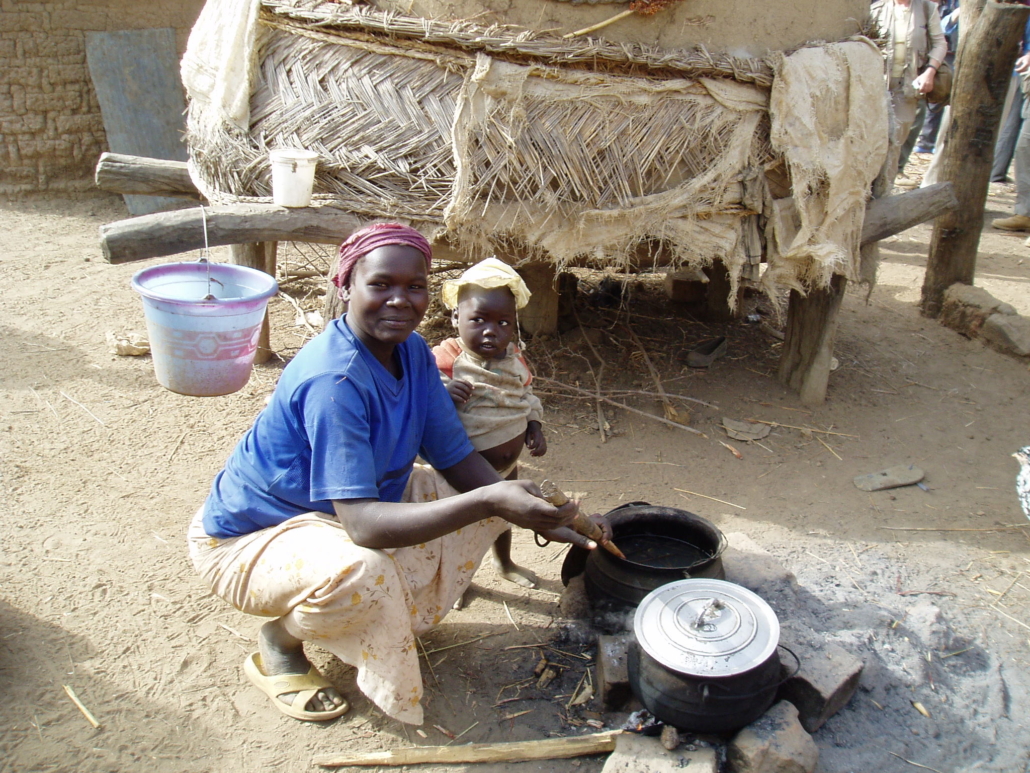 Located in North Central Africa,
Located in North Central Africa, 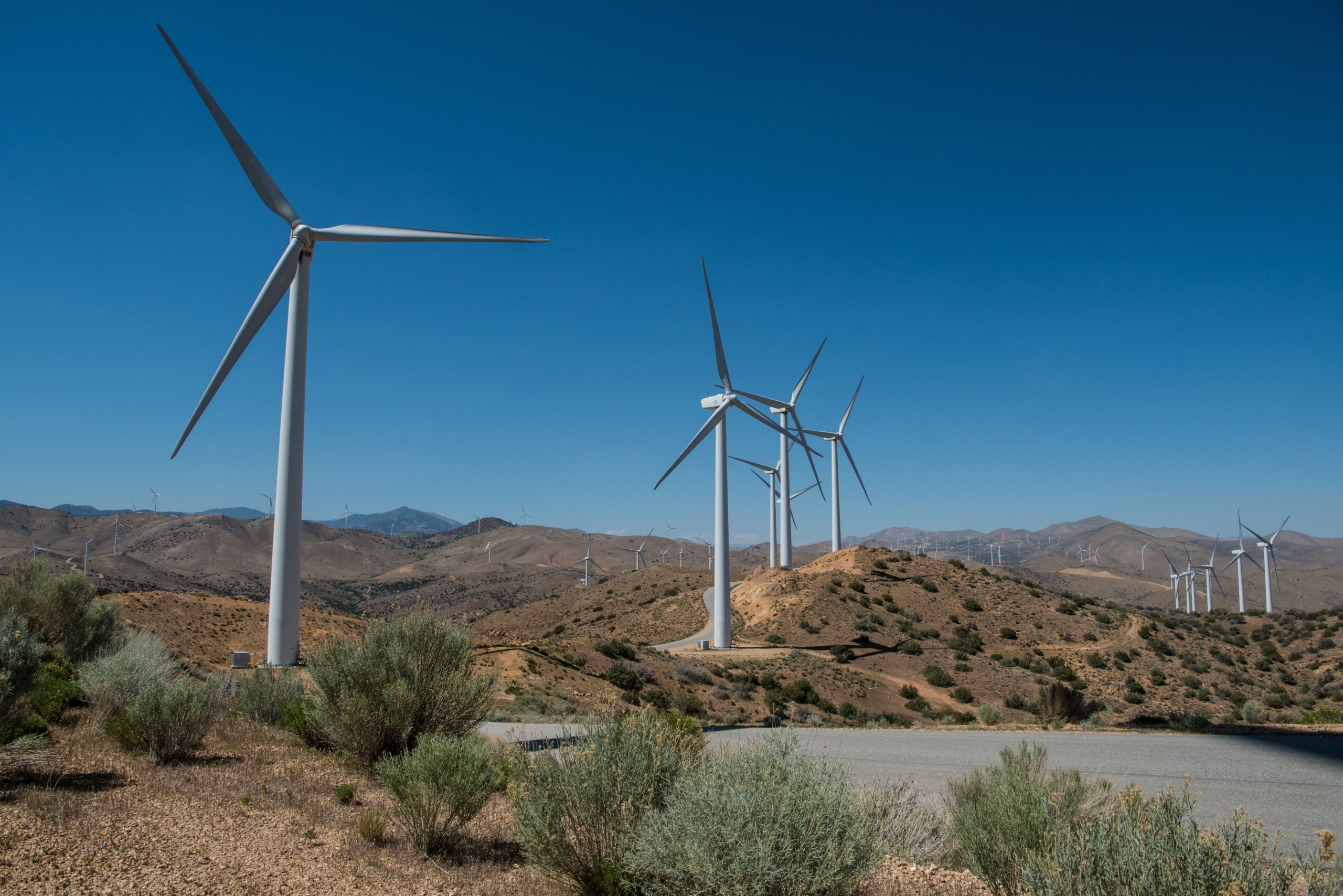 The consequences of natural disasters can exacerbate poverty, yet poverty alleviation efforts, such as economic development and industrialization, can also have negative environmental impacts. However, in
The consequences of natural disasters can exacerbate poverty, yet poverty alleviation efforts, such as economic development and industrialization, can also have negative environmental impacts. However, in 
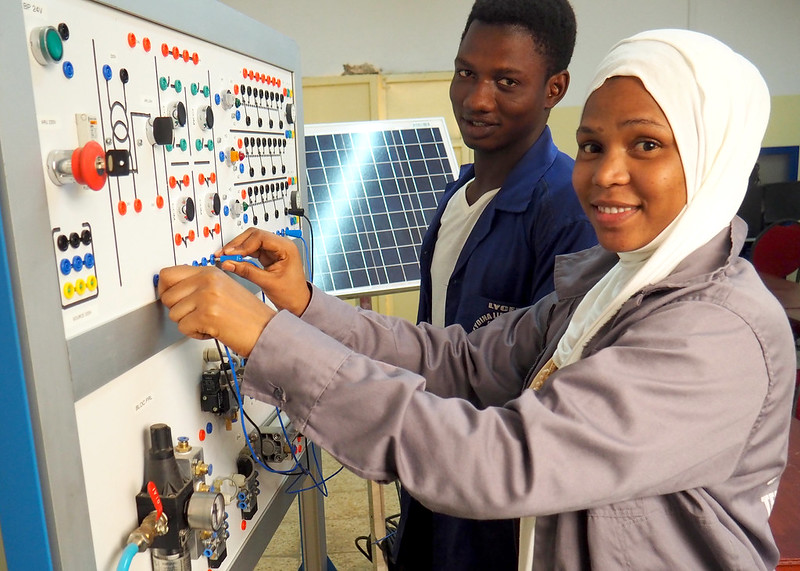 One may view renewable energy as irrelevant to alleviating extreme
One may view renewable energy as irrelevant to alleviating extreme 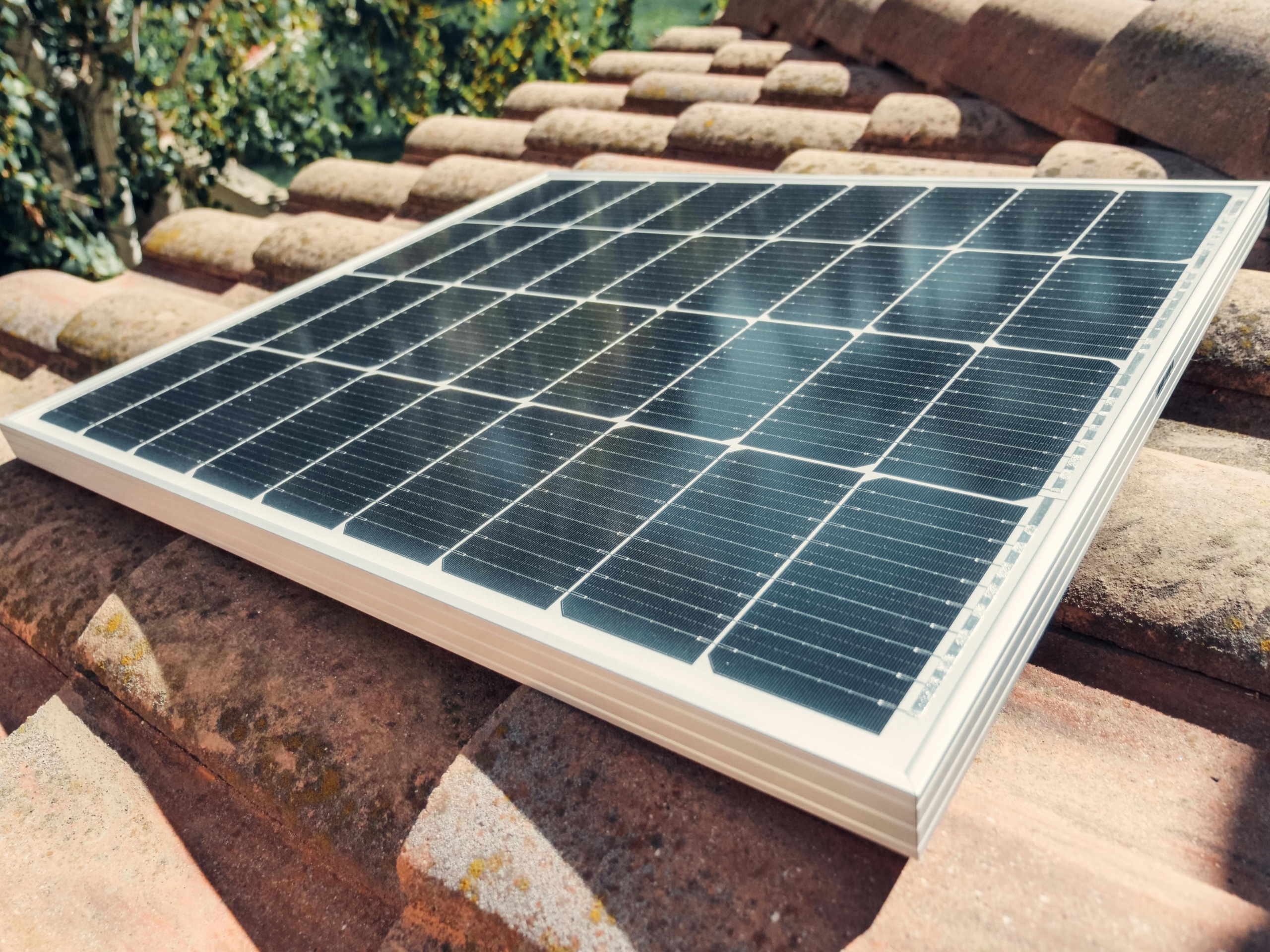

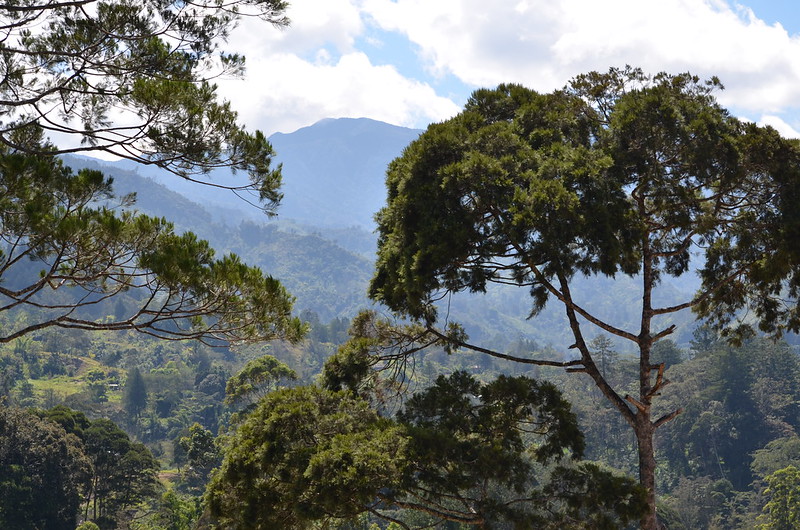
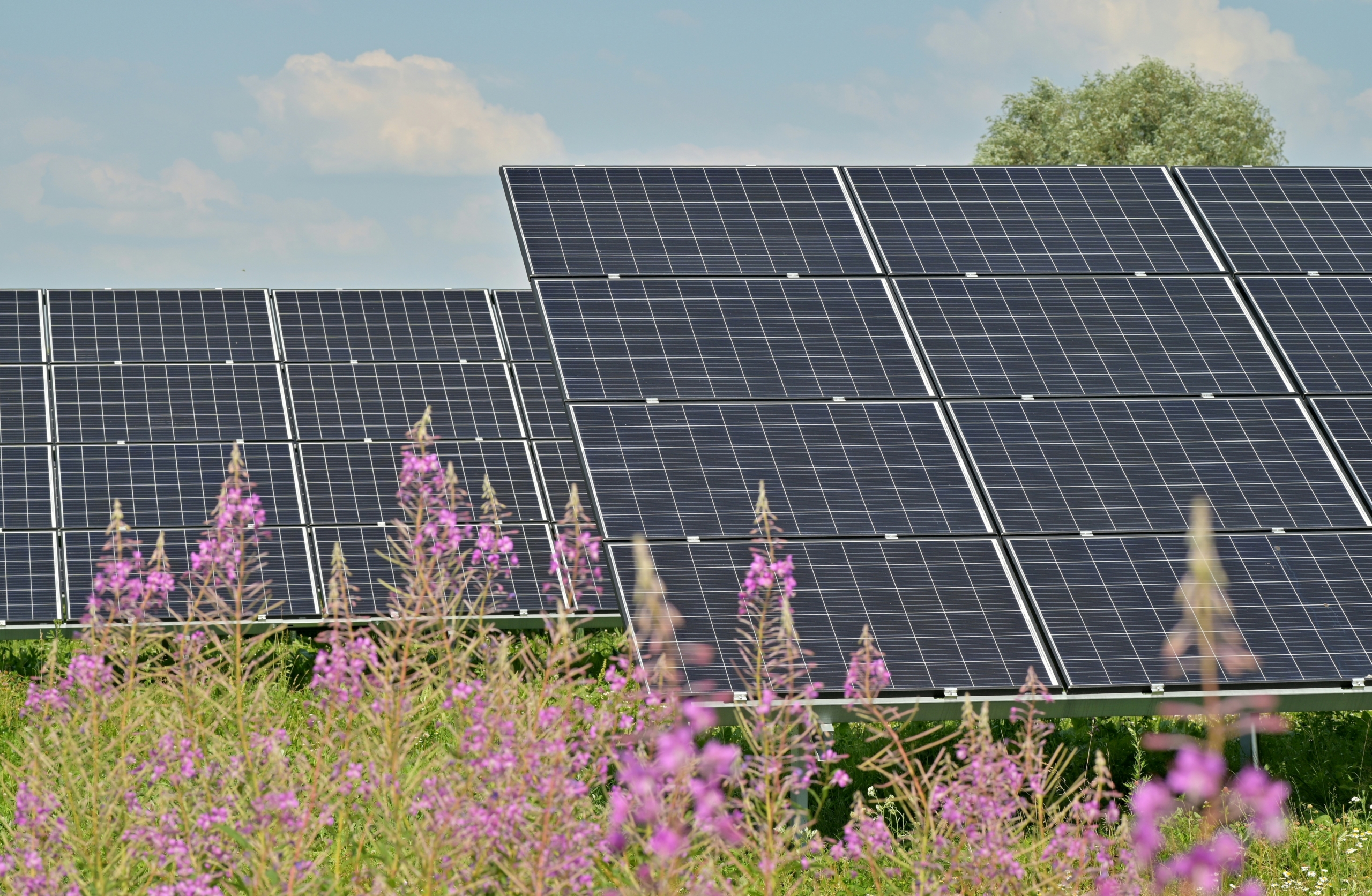
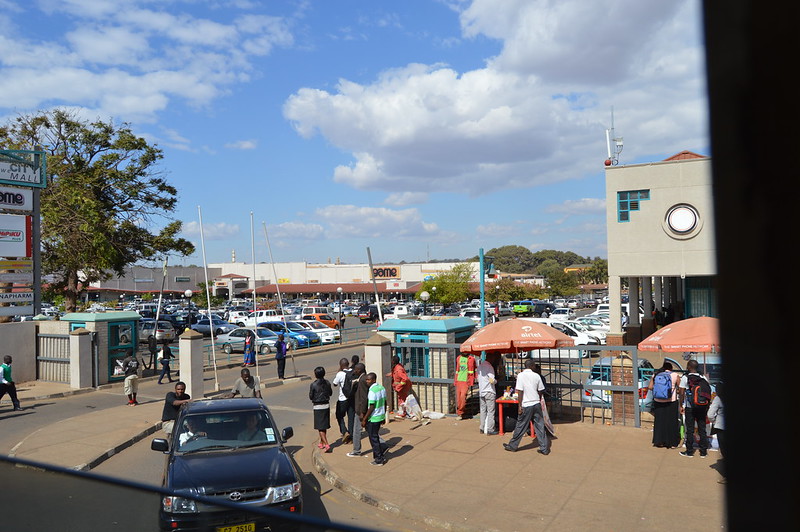 In Malawi, a landlocked country in southern Africa, economic inequality persists, hindering
In Malawi, a landlocked country in southern Africa, economic inequality persists, hindering 